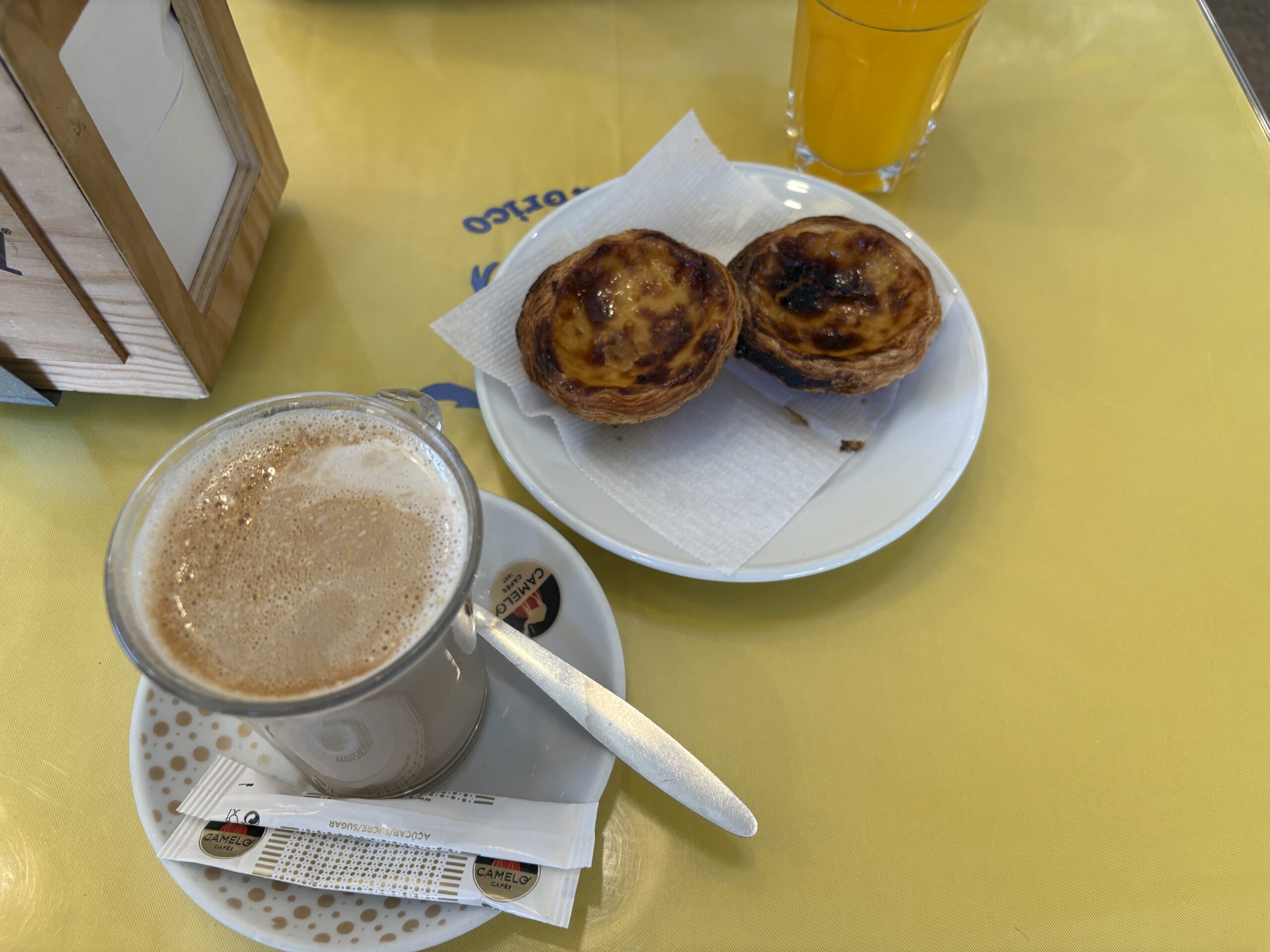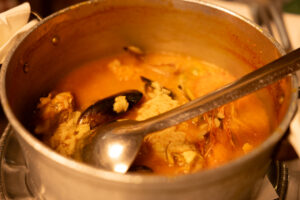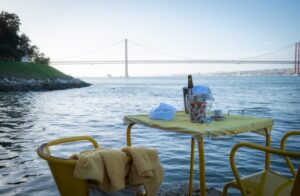I am a resident of Portugal.
I consider myself one of the rare people who decided to move to Portugal while never having visited the country.
Now I am able to enter cafés and restaurants normally.
I’m the type of person who tries things out first, so if I don’t understand something after I’ve tried it, I just have to improve it.
My wife, on the other hand, is the type who gets anxious before she tries.
What was she anxious about?
I suddenly thought, so I asked her and tried to sort it out.
Translated with DeepL.com (free version)
Ordering in cafés and restaurants abroad.
Overseas, of course, the ordering system is different from that in Japan.
Not knowing how to order may be a vague uncertainty.
I don’t know where to order.
Some have a counter pattern, while others ask the waiter after they have been seated.
The counter pattern is a pre-order style, in cases where food items, such as bread, are placed in a glass case.
In most cases, such as restaurants, the waiter came to take your order after you had been seated so far. It is advisable to let the person at the restaurant know in advance that you want to be seated, for example, ‘Do you have a table for two?’.
In Portugal, the other person’s time is also very important. So, when you are seated, wait until the waiter arrives. The waiter will notice you.
Not sure whether the table sits first or receives the goods and sits down.
Many cafés do lunch/brunch and when you go there at lunchtime, you don’t know whether you should sit at a table first or receive your goods and sit down.
The correct answer at this point is to ask the waiter. Depending on the restaurant, some will take your order at the counter and bring it to your seat, while others have a pattern of picking it up at the counter.
When I first came here, I couldn’t speak anything, so I observed the cafés carefully and tried to understand the movements of the people lol.
Also, the air outside in Europe is very pleasant.
Even in cafés and lunches, there are seats outside and in rooms, and people often ask me which I prefer.
There are no pictures on the menu, so you don’t know what you ordered.
Most European menus are written in text only. It is rare to see them with pictures as in Japan. (you hardly ever see them). Many people find this unsettling.
Personally, I like it because it gives a sense of surprise.
So, what’s in it? I recommend asking what’s in this dish, something like ‘What’s in this dish?’
When is payment due?
At counters like cafés, you often pay when you order.
In restaurants, you pay afterwards.
Summary
I think there is a certain anxiety, not only in Portugal, but also for Japanese people, that they don’t know how to order in Europe.
Bottom line, it depends on the shop, but we feel lucky to live in Portugal after going to cafés many times.
The customers in general are supportive and say ‘May I help you?’, and the waiters explain things with gestures.
I still don’t understand Portuguese, but in Europe, a country with many immigrants of other languages, there is an atmosphere where it is normal not to be understood, and asking is nothing to be ashamed of, which is very easy to live with.










